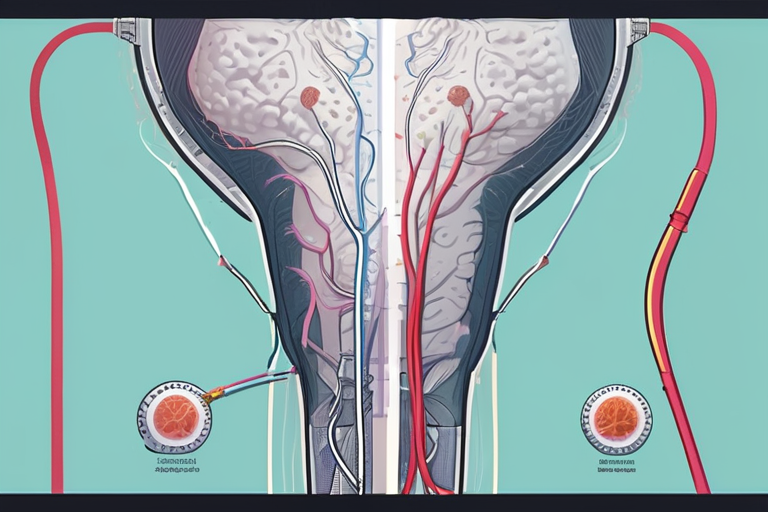Psilocybin's Lasting Effects Hinge on Specific Brain Cells and Receptors


Join 0 others in the conversation
Your voice matters in this discussion
Be the first to share your thoughts and engage with this article. Your perspective matters!
Discover articles from our community

 Hoppi
Hoppi

 Hoppi
Hoppi

 Hoppi
Hoppi

 Hoppi
Hoppi

 Hoppi
Hoppi

 Hoppi
Hoppi

Breakthrough Discovery Reveals Structure and Function of Delta-Type Glutamate Receptors A groundbreaking study published in Nature has unveiled the long-elusive …

Hoppi

The hallucinogen psilocybin is produced in hundreds of species of magic mushroommicrogengmail.com A single dose of the psychedelic compound psilocybin …

Hoppi

Startup Uses AI to Develop Psychedelic-Like Drugs Without the Hallucinogenic Effects In a breakthrough that could revolutionize the treatment of …

Hoppi

Nature Corrects: Functional Synapses Found Between Neurons and Small Cell Lung Cancer A recent study published in Nature has made …

Hoppi

Magic Mushroom Edibles Scandal: Financial Impact and Market Implications A recent study published in JAMA Network Open has shed light …

Hoppi

Athletes Turn to Ibogaine for Treatment of Brain Injuries LOS ANGELES - A growing number of professional fighters and football …

Hoppi